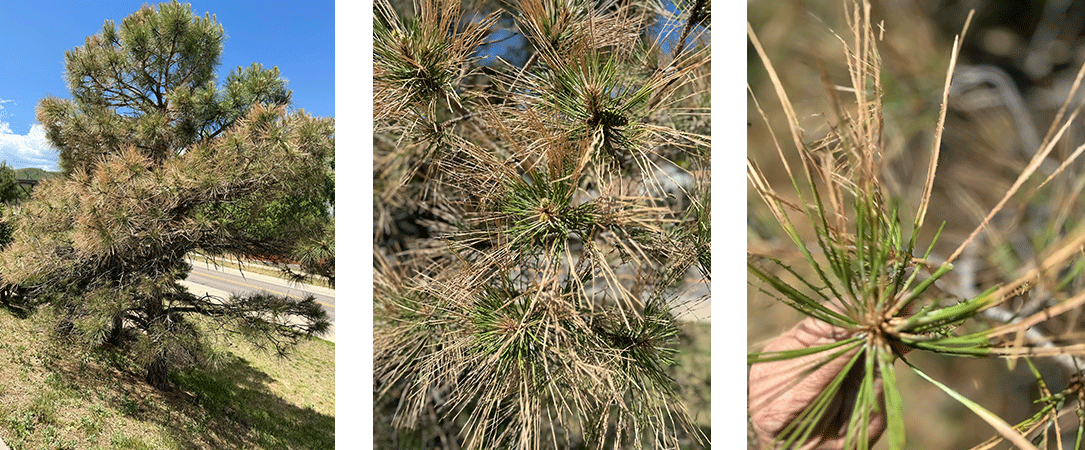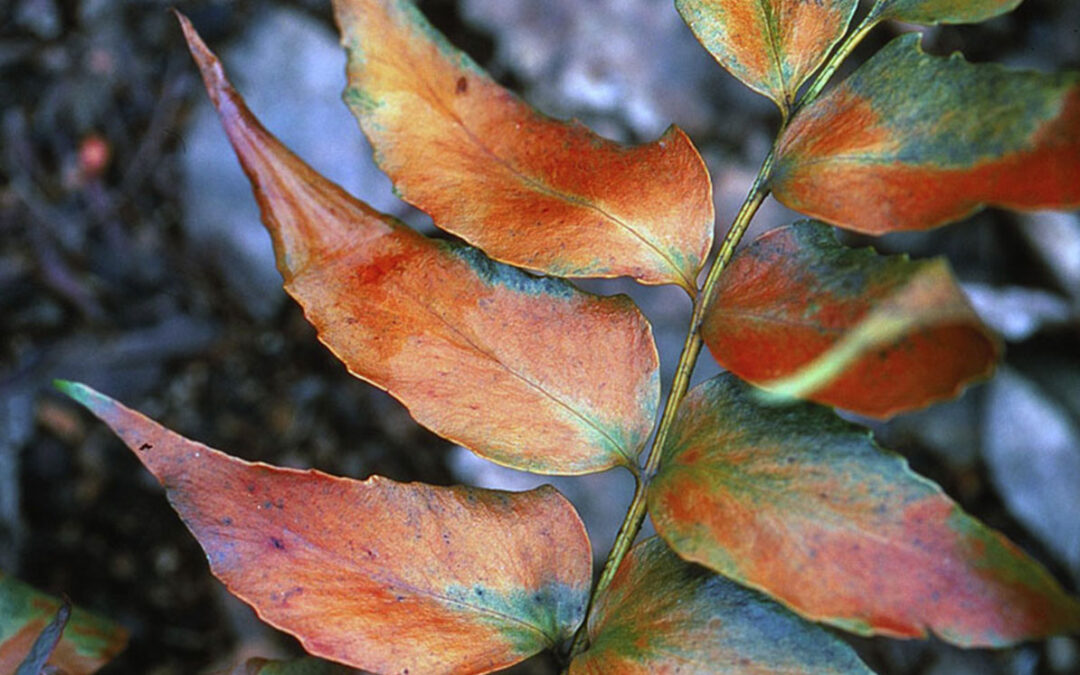Tree Heat Stress Biology
Since trees are not native to the Denver area, it makes sense that they might need some extra care to thrive here. Trees get stressed as we move to high 90-degree temperature days. On a hot summer day, humans sweat while trees transpire. High temperatures increase respiration in trees from leaves, stems, and flowers as they try to dissipate heat. Their porous lenticels also exchange gases between the atmosphere and their internal tissues. Respiration actively involves the breakdown of sugars from photosynthesis, releasing carbon dioxide and water. During hot days, trees release moisture into the atmosphere rather than using it for growth and storing food.

Hot days cause trees to lose water faster than they can absorb. On a cellular level, heat stress on trees is like a chocolate bar left in a car on a summer day. Healthy cell membranes protect themselves with a double lipid layer to lower permeability and retain water. As temperatures rise, trees increase the saturated fat in their membranes and produce more structural proteins to keep membranes intact. High heat makes cellular membranes melt and lose water, and proteins denature, causing wilting, leaf scorch, browning, and drying of leaf edges. Some trees may drop their leaves prematurely to reduce water loss. Elevated soil temperatures reduced nutrient uptake and root damage. Prolonged heat stress will cause trees to die back. As their crown recedes, so do their root systems. Trees growing near streets, sidewalks, and driveways are particularly sensitive to high temperatures and lack of water. The pine tree above shows heat stress by its brown needles.
Healthy Tree Root System
Well-watered trees with healthy root systems avoid the cellular mayhem described above. Healthy trees have basal, anchor, and feeder roots radiating from the trunk to their drip line. A drip line is where rain falls after cascading down a tree’s canopy. The majority of the tree roots will be in the first soil horizon or the first 12 to 18 inches of the soil. The basal roots reach three feet from the trunk, with anchor and feeder roots growing towards the drip line. All areas between the trunk and the drip line need watering for healthy growth.
Tri-Level Tree Fertilization Program
Ross Tree now offers a new tree health care program called Tri-Level Tree Fertilization that better fits Denver’s arid climate and heavy clay soils. We are moving to three feeding per year versus two because Denver’s growing season is getting longer, and we see more tree insects and unique weather events. Our Tri-Level program conditions soils and fertilizes trees. We inject proprietary deep root solutions at 125 to 130 psi to fracture the soil, fracturing it to aerate it. Humic acid brings the soil PH to 7, making nutrients more accessible. Click here for more information about the Ross Tree Tri-Level Tree Fertilization Program.
Our Tri-Level Tree Fertilization Program benefits hardwood and conifer trees. Evergreen trees, in particular, stand to gain from our deep root feeding program, as they grow year-round and are more susceptible to water loss from high winds. To learn more about the benefits of our Tri-Level Fertilization Program and to request a free estimate, click here to fill out a service request form or call 303-871-9121.

